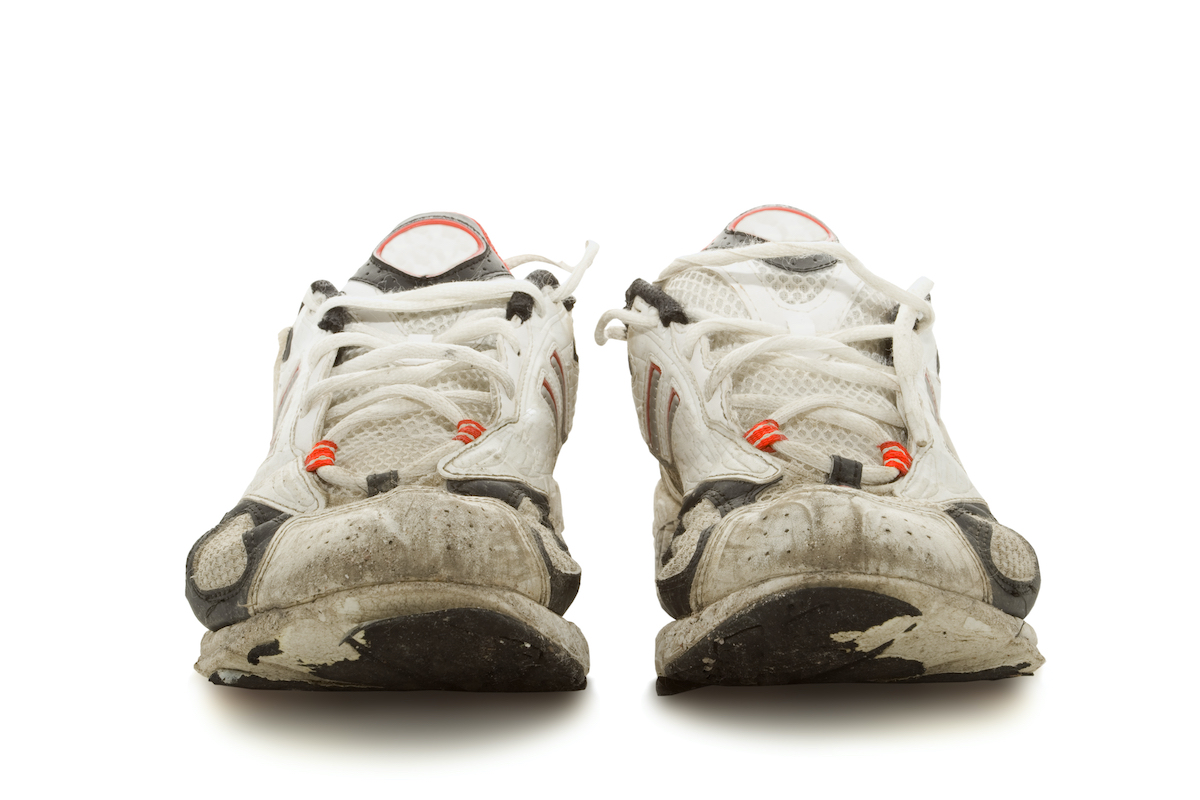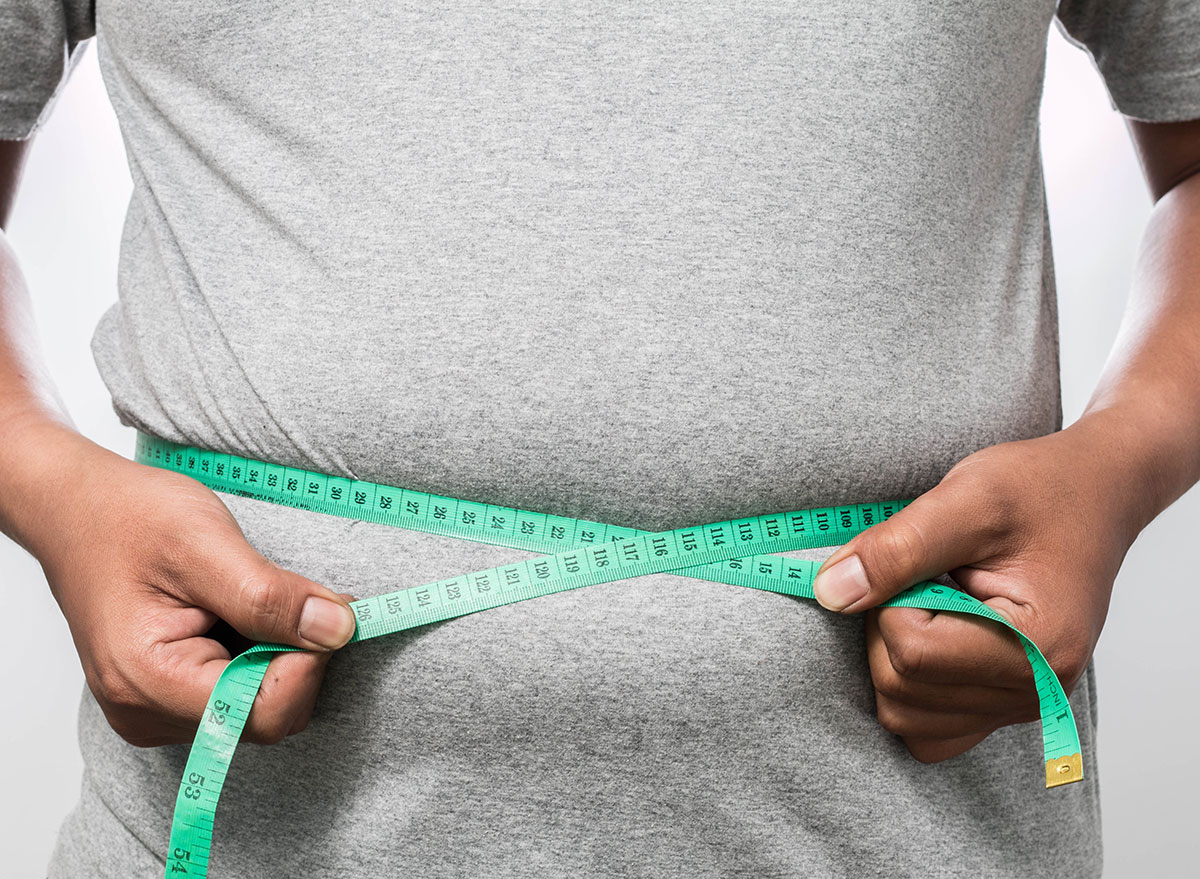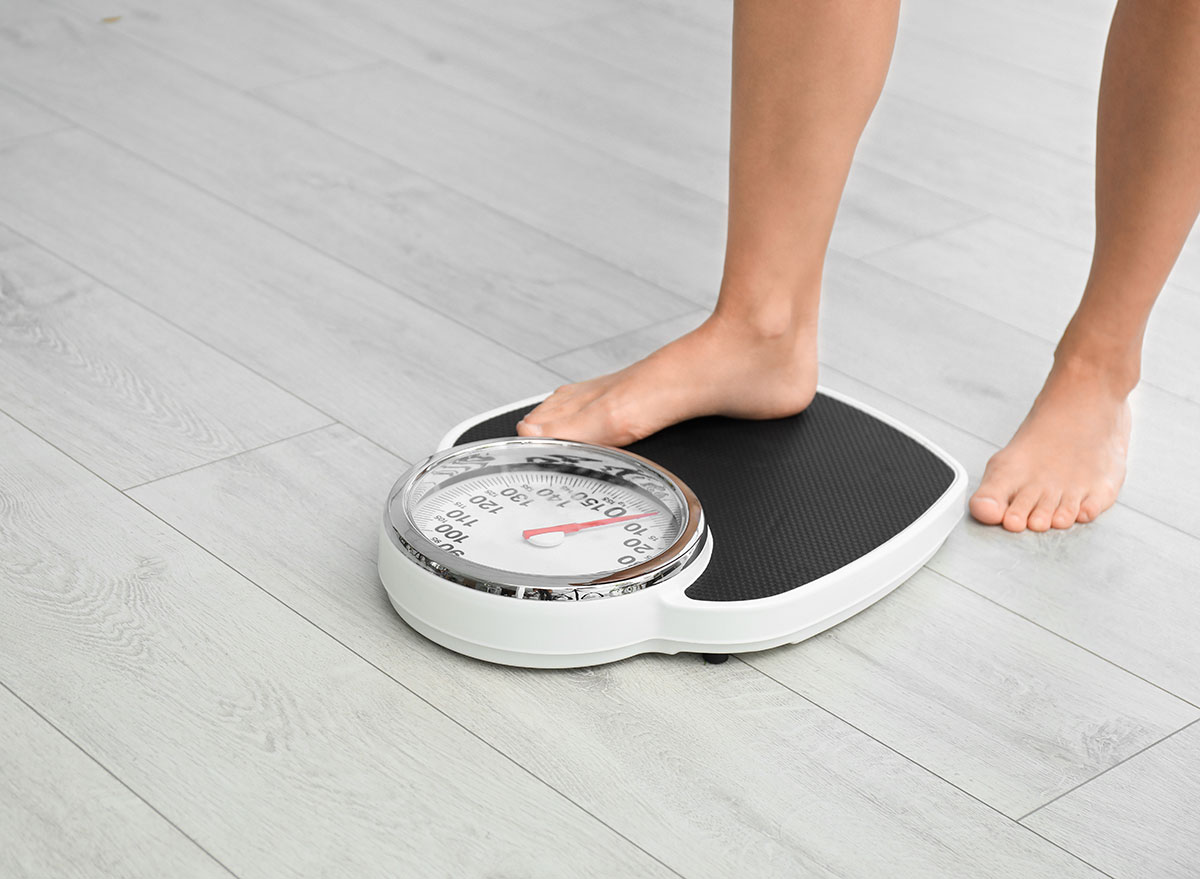Science Just Confirmed You Don’t Need Cardio to Burn Fat

Are you constantly chasing an elusive “runner’s high” only to find yourself with a runner’s sigh? Cardio may be great for our bodies, but that doesn’t make it any more fun while we’re stuck on the treadmill. A natural disdain for running and other forms of strenuous cardio is a common complaint among seasoned exercisers and fitness newcomers alike.
For instance, one survey put together by Health Digest named running as “the worst way to work out” with an astounding 38.3% of respondents naming it as their least favorite exercise. Similarly, another even larger poll featuring 25,000 habitual runners from all over the world found that a full 50% either flat-out “hate running” or “barely tolerate it.”
Exercise isn’t supposed to be easy, though, and countless people grimace their way through weekly cardio sessions because there’s just no replacing it’s fat-burning benefits. But, what if you didn’t have to run, cycle, or sprint to burn fat and tone up? It may sound like a fantasy, but there’s now compelling scientific proof that cardio isn’t the only way to make your lean body goals a reality.
If you’re planning on starting a new weight loss journey but can’t help but dread the thought of long jogs and never-ending cardio routines, a groundbreaking new set of research published in Sports Medicine is going to be music to your ears (or legs). Read on to learn more! And next, catch This Workout Is Three Times Better for Your Health Than Walking, New Study Says.
Strength training burns fat too!

After conducting an exhaustive, comprehensive meta-analysis of prior relevant research encompassing 58 studies and roughly 3,000 people, researchers from the University of New South Wales report that strength training alone can result in a 1.4% drop in an individual’s total body fat. The study authors say that’s about the same amount of weight one can expect to lose via cardio.
“A lot of people think that if you want to lose weight, you need to go out and run,” says senior study author Dr. Mandy Hagstrom, exercise physiologist and senior lecturer at UNSW Medicine & Health. “But our findings show that even when strength training is done on its own, it still causes a favorable loss of body fat without having to consciously diet or go running.”
Plenty of prior studies had investigated the relationship between muscle training and fat loss, but most featured very small collections of subjects and only tracked participants for a short period of time. In order to get a clearer picture, this project’s authors combined multiple studies to form a cumulative dataset.
“It can be really difficult to discern whether there’s an effect or not based on one study alone,” Dr. Hagstrom explains. “But when we add all of these studies together, we effectively create one large study, and can get a much clearer idea of what’s going on.”
Related: Sign up for our newsletter for the latest health and fitness news!
The research

All of the earlier studies used for this work featured “highly accurate” methods of assessing body fat, such as body scans which are capable of differentiating between fat mass and lean mass. It’s also worth mentioning that all participants across all studies had no prior experience with weight training. This suggests it’s never too late to start pumping iron and burning fat.
Now, while each study, of course, featured slightly different strength-building regimens and time periods, researchers say, on average, subjects generally worked out for about 45-60 mins 2-3 times per week for a period of five months.
After finishing their respective weight training programs, participants showed an average body fat drop of 1.4%. That equated to just about 1.1 pounds of lost fat mass for most subjects.
“Resistance training does so many fantastic things to the body than other forms of exercise don’t, like improving bone mineral density, lean mass, and muscle quality. Now, we know it also gives you a benefit we previously thought only came from aerobics,” Dr. Hagstrom notes.
Related: Secret Effects of Lifting Weights Just Once Per Week, Science Says.
Scales don’t tell the entire story

You may be wondering how this fat-burning revelation has stayed a secret for so long. Why do most people still assume that lifting weights and building strength won’t get them anywhere from a fat-loss perspective? To start, the study authors explain that stepping on the scale only tells a portion of the story.
When we run or cycle, we burn fat and lose weight. Conversely, when we lift weights, we burn fat and build muscle. So even though you may have lost some weight after strength training, the scale isn’t going to necessarily show that weight loss because of the weight of the extra muscle you just built.
“More often than not, we don’t gain any muscle mass when we do aerobic training,” Dr. Hagstrom explains. “We improve our cardiorespiratory fitness, gain other health and functional benefits, and can lose body fat. But when we strength train, we gain muscle mass and lose body fat, so the number on the scales won’t look as low as it would after aerobics training, especially as muscle weighs more than fat.”
To remedy this oversight in their own research, scientists focused specifically on total body fat percentage fluctuations following strength training sessions. Sure enough, the amount of fat loss observed after weight training was “on par” with both aerobics and cardio.
“A lot of fitness recommendations come from studies that use inaccurate measurement tools, like bioelectrical impedance or scales,” Dr. Hagstrom adds. “If you’re strength training and want to change how your body looks, then you don’t want to focus on the number on the scale too much, because it won’t show you all your results. Instead, think about your whole body composition, like how your clothes fit and how your body will start to feel, and move, differently.”
Related: Secret Exercise Tricks for Getting Flat Abs Faster, Says Trainer
A little bit of this, a little bit of that

These findings are a remarkable first step toward a more thorough understanding of how strength training can transform our bodies, but there is admittedly still much to study and research. The study authors concede that this work didn’t dive into the specifics of how strength training duration, intensity, or frequency influence fat-burning outcomes.
Additionally, while it is definitely welcome news that weight lifting burns fat, that doesn’t necessarily mean we should all throw out our running shoes and diet cookbooks. Dr. Hagstrom concludes the best approach to building a toned, lean look is still a combination of clean eating, cardio, and strength training.
That being said, it’s nice to know that cardio isn’t the end-all-be-all when it comes to weight loss.
“If you want to exercise to change your body composition, you’ve got options,” she concludes. “Do what exercise you want to do and what you’re most likely to stick to.”
For more, check out This 5-Move At-Home Workout Will Help You Build Strength.








